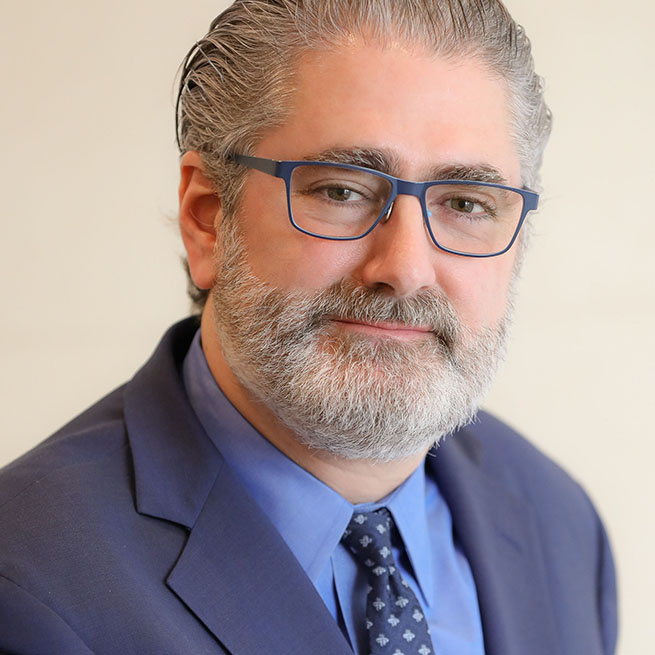The Perfect Shot in Retinal Imaging
While retinal diagnoses can be improved with high-quality imaging, many available systems don’t quite cut it. Compared to newer technology, traditional fundus cameras can be awkward to use and inaccurate in certain imaging contexts like media opacities and small pupils. Now, however, the cameras are being overtaken by a relatively new system.
Deemed the first, fully-automated retinal imaging system, the EIDON TrueColor Confocal Scanner (CenterVue, Padova, Italy) is FDA cleared for retinal disease management and diagnosis. By combining enhanced confocal imaging with true color capabilities, the device provides greater contrast and sharper image quality. While it has several innovations, how does it stack up with real world applications?
First-Hand Look at the EIDON
The EIDON has a 14-megapixel sensor that produces detail-rich images of the highest resolution (15 µm). This allows for closer analysis and easier detection of various pathologies such as diabetic retinopathy, vein occlusion and macular degeneration. Dr. K. Bailey Freund, retinal specialist, author of The Retinal Atlas and clinical professor of ophthalmology at the NYU School of Medicine, has fully integrated the EIDON into his practice.
“One of the reasons I like the EIDON is that it takes high-resolution images, especially in eyes that don’t have the clearest ocular media,” said Dr. Freund. “This has been useful in examining patients with cataracts.” The advanced confocal technology reduces backscattered and reflected light effects from areas outside the focal plane for a refined retinal image.
TrueColor Imaging
What makes the EIDON unique is the combination of its advanced confocal technology with true color capabilities. The system uses a white light LED source to illuminate the eye and mirror – what you’d normally see if you were to directly observe the eye. In this way, it reflects the actual appearance of the fundus. These details greatly surpass those that can be achieved with an SLO pseudo-color imaging system.
“With a white light source, the image is quite sharp,” Dr. Freund explained. “As opposed to other devices that use scanning laser illumination, this full-spectrum light source allows the EIDON to collect essential details that would otherwise be overlooked by other imaging systems. The exposure is consistent and there is no doubling of vessels.”
The EIDON also provides multiple imaging modalities to further examine the different layers of the retina. In addition to TrueColor imaging, these modalities include red-free filtering as well as infrared to highlight the vasculature of the eye or explore deeper into the retina. “Sometimes it’s important to have different modalities when one is trying to understand the underlying histologic changes producing what we’re looking at – to have a very crisp detailed fundus image,” explained Dr. Freund. “I find these images very useful when creating figures and presentations.”
Panoramic Views, Image Flickering
With its wide-field views, the EIDON achieves superior imaging of the central retina and the periphery. The EIDON can produce images with 60-degree wide views which can assist with viewing the midperiphery of the retina. “You can also program it to take multiple fields,” said Dr. Freund. “You can then montage the images together automatically for a 110-degree mosaic.”
Another valuable feature of the EIDON is the ability to flicker between two images. “The software precisely aligns two images which enables detection of minor changes from different visits,” added Dr. Freund. “Not only is it helpful for small changes, but it is also quite useful as a demonstration for patients who are on anti-VEGF treatments. You can see the resolution of the disease by comparing prior images to what it looks like three months later.”
Fluorescein Angiography
The EIDON FA (the latest, top class model in the EIDON family) incorporates fully automated video capabilities for an otherwise complex process: fluorescein angiography (FA). The imaging system is able to take, in addition to high definition FA images, complete videos of retinal blood flow (FA video resolution: 1840 x 1644 pixels). “The EIDON FA produces very fine vascular details in a real-time movie,” said Dr. Freund. “This way you can examine and monitor retinal blood flow from a dynamic perspective.”
Effects on Workflow
Retinal examinations can sometimes be a laborious task not only for the patient, but for the operator as well. With this in mind, the question inevitably arises: How is the EIDON used in practice?
The EIDON eases the imaging process by automatically aligning with the pupil, auto focusing, and capturing images of the retina – all with minimal operator intervention. It can also be operated with a multi-touch, color display tablet. “You could do it yourself, push a few buttons and it aligns and takes a picture,” explained Dr. Freund. “Sometimes I’m with my research fellows and something of interest comes up. There can sometimes be a long wait in our photography department. But this camera allows for convenient imaging with minimal training.”
With its image quality and practical usage in clinical settings, it’s hard to miss the benefits of using the EIDON over a traditional fundus camera. Between the different iterations of the scanner – the EIDON and the EIDON FA – the standard of imaging remains consistent whether a specialist is examining the nerve fiber layer, the deep retina, or just a general overview of the retina. The TrueColor Confocal Scanner produces details that are essential for proper diagnosis and management. For this reason, it might just be the go-to imaging system for years to come.




